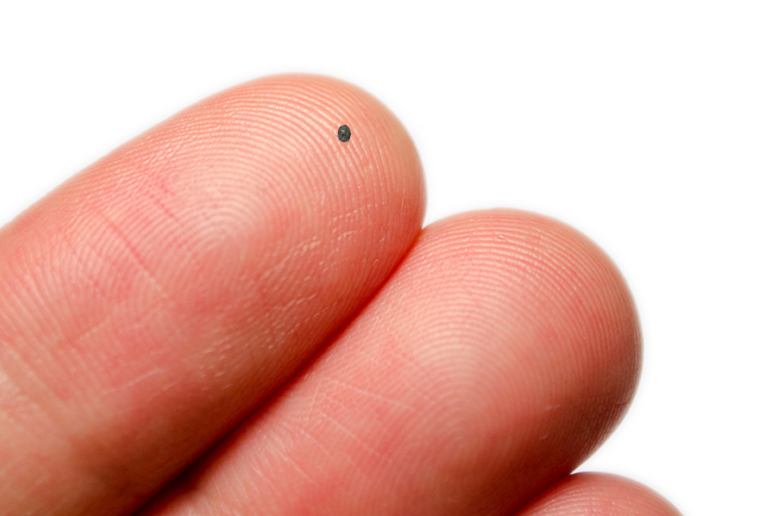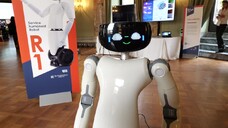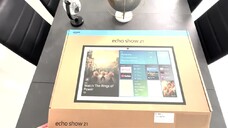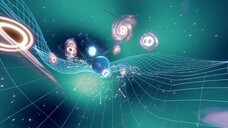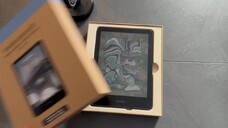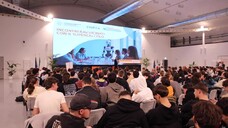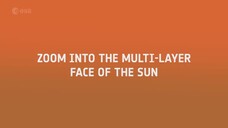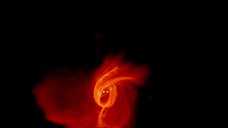One of the rarest known meteorites has been discovered in Italy. It is, in fact, only the third known meteorite to contain an extremely rare alloy of aluminium and copper and the second to contain a natural quasicrystal, namely a material that is considered 'impossible' because, unlike normal crystals, its structure is ordered but not repeating.
The discovery, described in the journal Communications Earth & Environment, is the result of Italian research led by Giovanna Agrosì, Professor of Mineralogy at the University of Bari.
The meteorite, a tiny sphere, was found on Mount Gariglione in Calabria by a collector who then sent it to the University of Bari where analysis confirmed its extraterrestrial origin.
It is currently preserved in the Museum of Earth Sciences at the University of Bari.
Daniela Mele, Gioacchino Tempesta and Floriana Rizzo from the Department of Earth and Geo-environmental Sciences at the University of Bari, Luca Bindi and Tiziano Catelani from the Department of Earth Sciences at the University of Florence and Paola Manzari from the Italian Space Agency also contributed to the study.
Bindi, in particular, discovered a quasicrystal in one of the meteorites preserved in the Natural History Museum of the University of Florence, and his research has confirmed that quasicrystals, whose discovery was awarded the Nobel Prize for Chemistry in 2011, are a new type of matter in their own right.
Riproduzione riservata © Copyright ANSA





